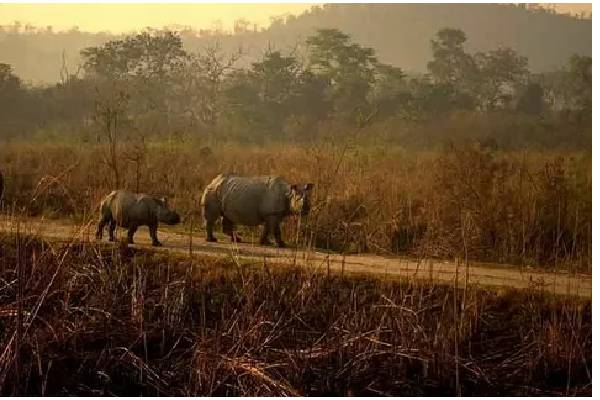Kaziranga National Park, located in the heart of Assam, India, is a paradise for wildlife photographers. Known for its dense population of the majestic one-horned rhinoceros, this UNESCO World Heritage Site offers an extraordinary blend of biodiversity, natural landscapes, and vibrant wildlife. Whether you’re an amateur with a DSLR or a seasoned professional carrying telephoto lenses, a photography tour in Kaziranga promises breathtaking frames and unforgettable moments.
Why Choose Kaziranga for a Photography Tour?
Kaziranga is home to over 2,400 one-horned rhinoceroses, as well as a wide array of other species including elephants, wild water buffalo, swamp deer, tigers, and over 500 species of birds. The rich wetlands, open grasslands, and dense forests make for ideal wildlife spotting and photography conditions. Each zone of the park—Kohora, Bagori, Agaratoli, and Burapahar—offers a unique visual experience.
Best Time for Photography
The park is open from November to April, with the best photographic light and animal activity usually between December and March. Early morning and late afternoon safaris offer golden light, misty surroundings, and active wildlife—perfect conditions for dramatic and clear wildlife shots.
Types of Photography Opportunities
- Wildlife Photography: Capture rare shots of rhinos grazing, herds of elephants moving across the plains, or elusive tigers crossing trails.
- Bird Photography: The park is a haven for birdwatchers. You can spot migratory birds, hornbills, fishing eagles, and bar-headed geese.
- Landscape Photography: Rolling grasslands, winding rivers, and distant Himalayan foothills provide stunning backdrops.
- Cultural Photography: Nearby villages and traditional Assamese lifestyle add an enriching cultural layer to your photo collection.
Safari Tips for Photographers
- Use a telephoto lens: A 300mm or higher lens is essential for close-up shots without disturbing wildlife.
- Travel light but smart: Bring a bean bag for support, extra batteries, and memory cards.
- Hire a knowledgeable guide: Local guides can help you spot animals and position your vehicle for the best angle.
- Respect wildlife: Maintain silence, avoid flash photography, and follow all park rules.
Where to Stay
There are numerous eco-lodges and resorts around Kaziranga that cater specifically to photographers and nature lovers. Many offer early breakfast services and safari bookings to align with optimal shooting hours.
Final Thoughts
A Kaziranga National Park photography tour is more than just a trip—it’s a journey into one of India’s most vibrant ecosystems. Each click of your camera captures not just animals and landscapes, but the spirit of wilderness that defines this extraordinary place. Whether you return with award-winning images or memories etched in your heart, Kaziranga will leave a lasting impression.
